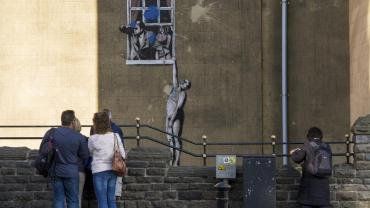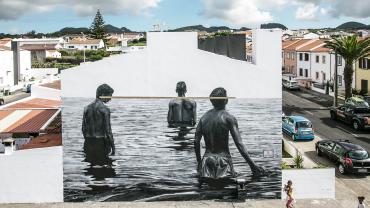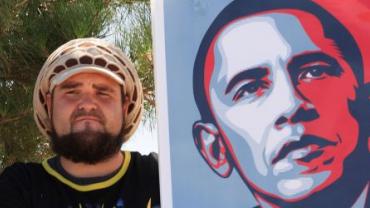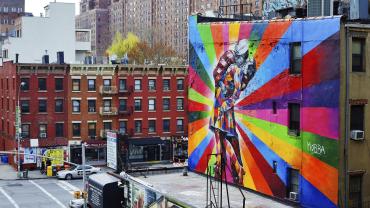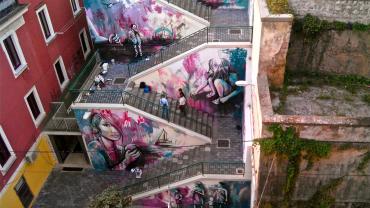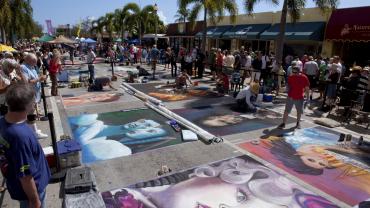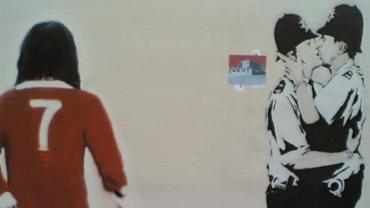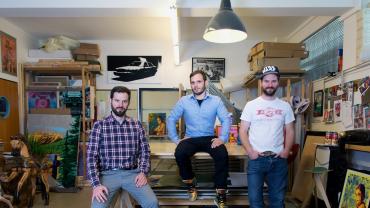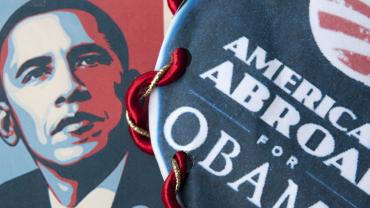Street Art
All about urban street art.
Non-commercial forms of art in public spaces are referred to as street art. The pictures or graffitis are to remain permanently in the urban space.
Street Art - a first overview
Street art is sometimes limited to available areas in public space. Walls are often painted or glued. However, electrical boxes, lanterns, traffic signs, telephone boxes, bins, traffic lights or other surfaces, as well as sidewalks, roads and trees are available for this. Here, artists use markers, paint brushes, paint rollers, spray cans, stickers, posters, etc. The motivation lies in the fun of it and the opportunity to shape one´s own environment in a creative way.
Most of the artworks in street art are cerated illegally, which is why the artists use pseudonyms. The Frenchman Gèrad Zlotykamien is considered as the first artist who worked this way in public space. Thus, he is the grandfather of street art. Further important artists are Keith Haring, Harald Naegeli, Blek le Rat, Miss Tic, Banksy, John Fekner and Klaus Paier. Recently, street art gets increasingly commercialized and used as a promotional tool to provide the products a youth cultural image. A variation of street art is the mobile version of it. In this variant, painted stones are designed with graphical domains are spread across the cities and linked with virtual content.
Whereas traditional graffiti artists have particularly used freehand spray paint to create their images, the street art scene applies a lot of other means, techniques and various styles. While it was still graffiti and street art magazines such as Backspin that provided the dissemination of this art form in public space, nowadays the exchange across social media is multiple times more effective. Check out the community with other street artists, get to know new contacts and do not miss a new trend in the scene!


